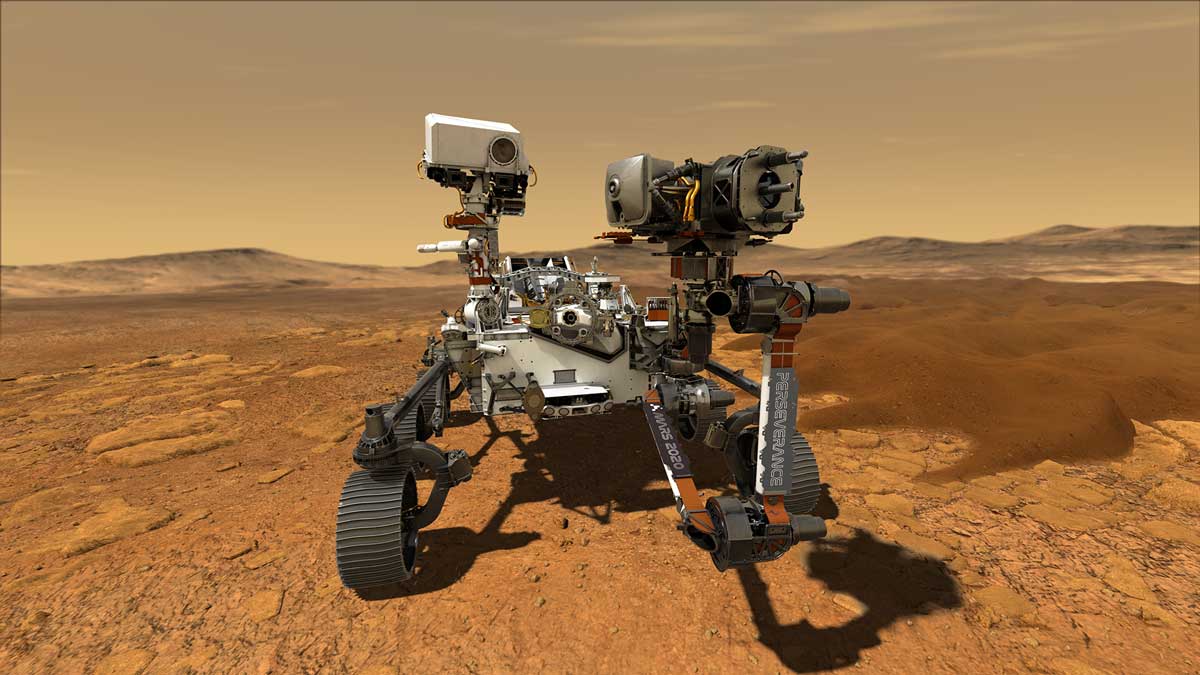
NASA’S MARS 2020 MISSION
CONTEXT
- NASA’s Mars 2020 Perseverance Rover touched down on the Martian surface in the early hours 19 Feb. The results of the experiments by Perseverance will likely define the next couple of decades of Mars exploration.
MORE ABOUT MISSION
- Perseverance addresses both the critical themes around Mars – the search for life, and a human mission to that planet.
- Perseverance is the first step in a multi-step project to bring samples back from Mars.
- The study of the returned rock samples in sophisticated laboratories all over the world will hopefully provide a decisive answer on whether life existed on Mars in the past.
- As the first step, Perseverance will collect rock and soil samples in 43 cigar-sized tubes. The samples will be collected, the canisters will be sealed, and left on the ground.
- The second step is for a Mars Fetch Rover (provided by the European Space Agency) to land, drive, and collect all samples from the different locations, and return to the lander.
- The Fetch Rover will then transfer the canisters to the Ascent Vehicle. The Mars Ascent Vehicle will meet with an Orbiter after which the Orbiter will carry the samples back to Ear
- This long-term project is called MSR or Mars Sample Return. MSR will revolutionise our understanding of the evolutionary history of Mars. If MSR is successfully executed, we will have a reasonable answer of whether there was microscopic life on Mars.
- Producing oxygen on Mars: A critical requirement
- For a human mission to Mars to materialise, the cost needs to be reasonable. For costs to be reasonable, there needs to be a technology and infrastructure in place to manufacture oxygen on Mars using raw materials available on Mars.
- Perseverance will have an instrument – MOXIE, or Mars Oxygen In-Situ Resource Utilisation Experiment – that will use 300 watts of power to produce about 10 grams of oxygen using atmospheric carbon dioxide.
- Perseverance will carry the Radar Imager for Mars’ Subsurface Experiment (RIMFAX). RIMFAX will provide high resolution mapping of the subsurface structure at the landing site. The instrument will also look for subsurface water on Mars – which, if found, will greatly help the case for a human mission or the cause of a human settlement on Mars.
